Raw footage, also called raw video, is simply the unprocessed data that comes from your camera’s image sensor. Like raw still image files, raw video gives you the flexibility to adjust elements like brightness, contrast, white balance and more post-capture.
The ability to record raw video gives you lots of control and flexibility over the look and feel of your final film.
While the title of this post asks which cameras can shoot raw video, what we really mean are small cameras. Cinema cameras can record raw video, but we’ve left them off this list. What we’re discussing in this article are the new breed of mirrorless cameras that are aiming to bring cinema camera functionality to the masses.
The growing importance of video – and vlogging – has seen traditional camera manufacturers race to bolster the video specifications of their key models. Companies like Nikon, Panasonic and Sigma have used firmware updates to enable their cameras to support raw video recording.
Managing the large file sizes and intense editing that comes with shooting raw video isn’t for everyone. But for those who do want to shoot professional-looking footage, the option to have that power and control in such a portable camera body is a huge benefit.
As more cameras that can shoot raw video are released we look poised to see a revolution in filmmaking much like we saw in stills photography at the dawn of the digital age.
Which cameras shoot raw video?
We’ll update this list as more announcements are made, but for now these are the current (small, mirrorless) cameras that can shoot raw video. We’ve left cinema cameras off this list of which cameras shoot raw video because these are more niche, specialised cameras. In this guide we’ll be focusing on consumer and prosumer – largely mirrorless – cameras.
For a deeper dive into the many different camera types and features available, check out our range of camera buying guides.
Canon EOS R5
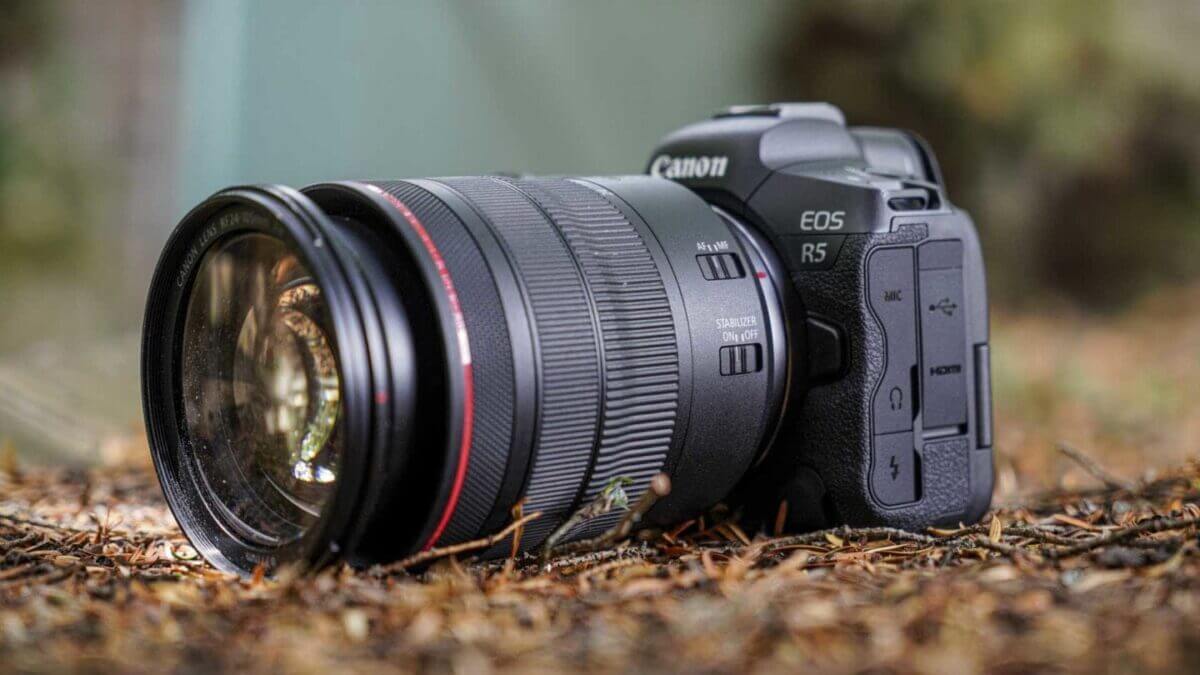
Specification
- Camera Type: Mirrorless
- Announced: 9th July 2020
- Sensor: 45Mp Full-frame Dual Pixel CMOS AF II
- Processor: Digic X
- Lens mount: RF
- Sensitivity range: Stills: ISO 100-51,200 expandable to ISO 50-102,400, Movies: ISO 100-25600, expandable to ISO ISO 51,200
- Metering: 384-zone metering with Evaluative metering (linked to All AF points), Partial metering (approx. 6.1% of viewfinder at centre), Spot metering: Centre spot metering (approx. 3.1% viewfinder at centre), Centre weighted average metering
- Shutter speed range: 1/8000sec-30 seconds and Bulb
- File formats: Raw + Jpeg/HEIF, MP4
- Maximum continuous shooting rate: Mechanical shutter: 12fps, Electronic shutter: 20fps
- Maximum video resolution: Uncropped, internal raw recording 8K video at up to 29.97fps in 4:2:2 10-bit in Canon Log (H.265) or 4:2:2 10-bit HDR PQ (H.265), Uncropped internal recording 4K video at up to 119.88fps in 4:2:2 10-bit in Canon Log (H.265) or 4:2:2 10-bit HDR PQ (H.265) 4:2:2 10-bit in Canon Log or 4:2:2 10-bit HDR PQ, 4K output over HDMI at up to 59.94fps
- Autofocus system: Dual Pixel CMOS AF II phase detection with 5940 points in stills and 4500 points in movie mode
- Viewfinder: 0.5-inch 5.76million-dot OLED electronic viewfinder with 120fps display and 0.76x magnification
- Screen: 3.15-inch 2.1-million dot vari-angle touchscreen
- Autofocus: Dual Pixel CMOS AF II with Advanced Animal AF (recognising dogs, cats and birds) supported in all video modes with 100% coverage and up to 1053 'AF segments'
- Stabilisation: In-body image stabilisation (IBIS) that works with lens IS and enables up to 8-stops of shutter speed compensation
- Storage: Dual slots, 1x CFexpress, 1x SDXC UHS-II
- Dimensions: 135.8 x 97.5 x 88mm
- Weight: 650 g / 738 g with card and battery
The main headline for the Canon R5 when it was launched is that it can shoot 8K DCI raw video internally to a CFexpress card, using the whole width of its full-frame sensor. And it can shoot raw 8K 12-bit video at up to 29.97fps. It’s also possible to shoot in 4:2:2 10-bit in Canon Log (H.265) or 4:2:2 10-bit HDR PQ (H.265).
In lay terms, an 8K video frame is equivalent to a 35Mp image and shooting in 4:2:2 10-bit with Canon Log means there should be plenty of scope for adjusting/grading footage post-capture. It also means that the EOS R5 can be used alongside other cameras, including Canon’s cine range, and the footage can be made to match.
Alternatively, 4K video can be recorded at up to 119.88fps in 4:2:2 10-bit in Canon Log (H.265) or 4:2:2 10-bit HDR PQ (H.265) 4:2:2 10-bit in Canon Log or 4:2:2 10-bit HDR PQ. That should be great news for slow motion video fans.
If you prefer to record 4K video to an external storage device, there’s an HDMI connection that can cope with recording at up to 59.94fps.
The Canon R5 also has an HQ (high quality) mode that can be activated for 4K recording. This sets the camera to use the 8K technology and downsample the output to 4K.
£4199
$3899For
- 45Mp full-frame sensor with full AF coverage
- 12fps/20fps continuous shooting with continuous AF
- Uncropped internal 8K video recording for up to 20 minutes
Nikon Z6
Specification
- Camera type: Full-frame (FX) mirrorless
- Announced: 23rd August 2018
- Lens mount: Nikon Z
- Sensor: Full-frame (FX) 24.5Mp backside illuminated (BSI) sensor
- Autofocus system: Hybrid with phase and contrast detection
- Phase detection points: 273
- Viewfinder: 0.39-inch 2,360,000-dot OLED electronic viewfinder
- Screen: 3.2-inch 2,100,000-dot tilting touch-screen
- Dimensions (W x H x D): 134 x 100.5 x 67.5mm / 5.3 x 4 x 2.7-inches
- Weight: 675 g / 1 lb. 7.9 oz with battery and memory card but without body cap, 85 g/1 lb. 4.7 oz. camera body only
The Nikon Z 6 has hybrid autofocusing. This is a change from Nikon’s DSLRs which use a dedicated phase detection sensor for shooting with the viewfinder and contrast detection focusing for Live View and video shooting.
The Z 6 has 273 AF points that cover around 90% of the sensor. As a result, you can focus on areas much closer to the edge of the frame than you can with a DSLR. This means you don’t have to use the focus-and-recompose technique. In addition, you can track subjects around more of the imaging frame.
Like the Z 7, the Z 6 has five AF point selection modes. However, the choice changes a little depending upon whether you are In Single AF (AF-S) or Continuous AF (AF-C) mode. In AF-S mode you have the choice of Pinpoint AF, Single-point AF, Wide-area AF (Small), Wide-area AF (Large) and Auto-area AF.
Switch to AF-C mode and you’ll find Single-point AF, Dynamic-area AF, Wide-area AF (Small), Wide-area AF (Large) and Auto-area AF available.
In Auto-area AF, the camera attempts to detect the subject automatically. If you press the OK button a tracking point becomes visible. You can then move this over the subject, press OK again, and the camera will attempt to track it around the frame. This operates in both AF-S and AF-C mode but it only adjusts the focus in AF-C mode.
£2079
$1996.95For
- Superb quality images
- Excellent weather-sealing and build quality
- Growing range of very high-quality lenses
Nikon Z7 II
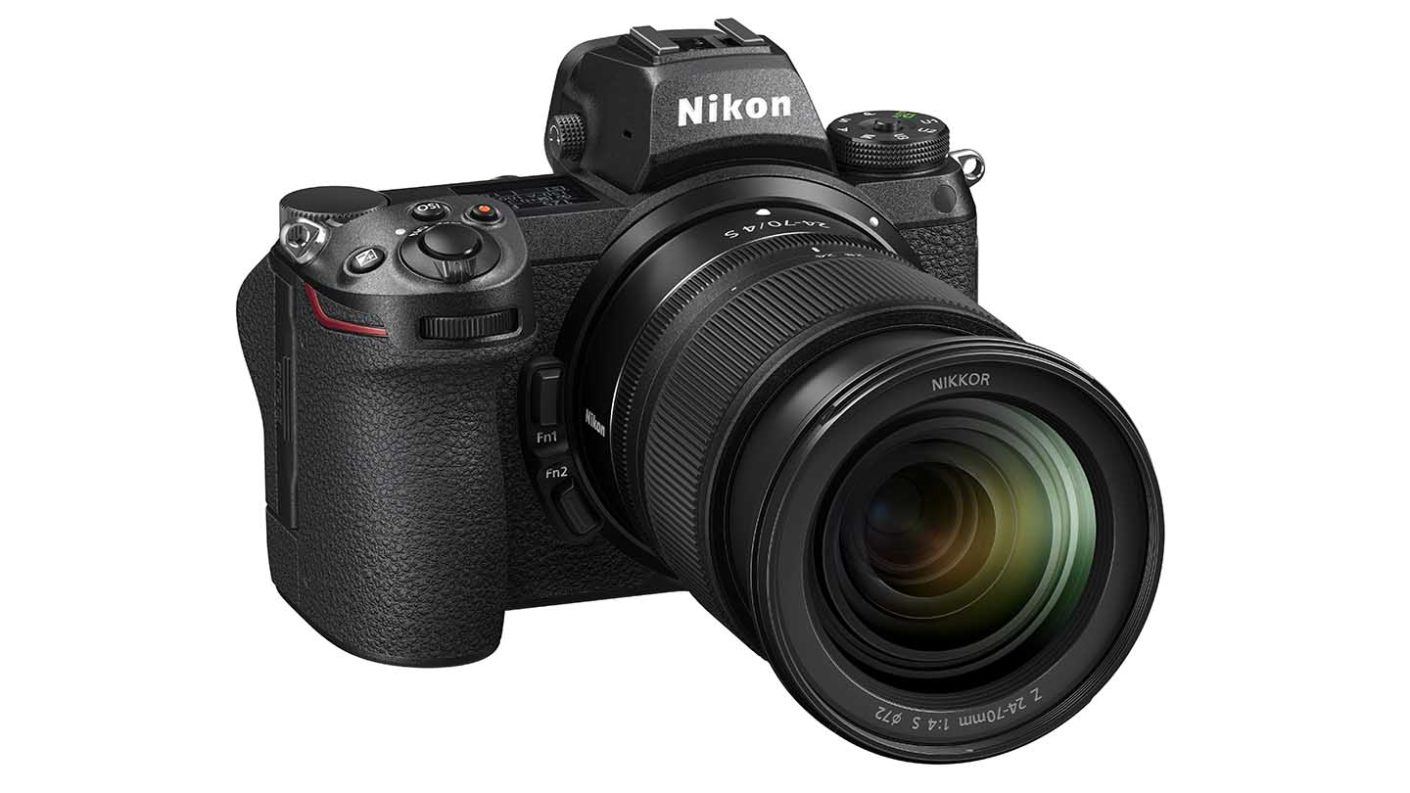
Specification
- Camera type: Full-frame mirrorless camera
- Announced: 14th October 2020
- Lens mount: Nikon Z
- Sensor: Full-frame (FX 35.9 x 23.9mm) 45.7MP backside illuminated (BSI) sensor
- Processing engine: Dual Expeed 6
- Stabilisation: 5-axis in-body VR
- Sensitivity: ISO 64-25,600, expandable to ISO 32-102,400
- Maximum continuous shooting rate: 10fps for up to 200Jpegs or 77 12-bit uncompressed raw files, 9fps with 14-bit raw files
- Autofocus system: Hybrid with phase and contrast detection
- Phase detection points: 493
- Video resolution: 4K (3840 x 2160) 60/50/30/25/24p, Full-HD (1920 x 1080) 120/100/60/50/30/25/24p, Slow-motion mode 1920 x 1080 30p x4/25p x4/24p
- Viewfinder: 0.5-inch 3.69-million-dot electronic viewfinder
- Screen: 3.2-inch 2,100,000-dot tilting touch-screen
- Storage: Dual slot 1 XQD/CFexpress and 1 SD/SDHC/SDXC
- Dimensions (W x H x D): 134 x 100.5 x 69.5mm / 5.3 x 4 x 2.8-inches
- Weight: 705g with battery and memory card but without body cap, 615g body only
With a compatible Atomos recorder connected, the Nikon Z7 II can record video as Apple ProRes Raw which means you get the full benefit of the camera’s data gathering potential.
Like the Z7, the Nikon Z7II can record 4K UHD (3840 x 2160) video. However, the maximum frame rate is boosted from 30P to 60P, which is great news for slow-motion fans.
As before, it’s also possible to shoot Full HD video at up to 120p.
If you record to a memory card in the Z7II, the video is 8-Bit, but connecting an external storage device via the HDMI port enables the video quality to be increased to 10-bit 4:2:2 with (or without) N-Log.
N-Log is useful if you want to grade your footage post-capture, or if you need to match the footage to that from another camera. Handily, timecode is available to help with editing video from multiple cameras.
Focus peaking and zebra display are also available to help with nailing the focus and exposure.
£2999
€3442 / $2996.95For
- High-quality sensor
- Excellent user interface and control layout
- Weatherproof build
Nikon Z7
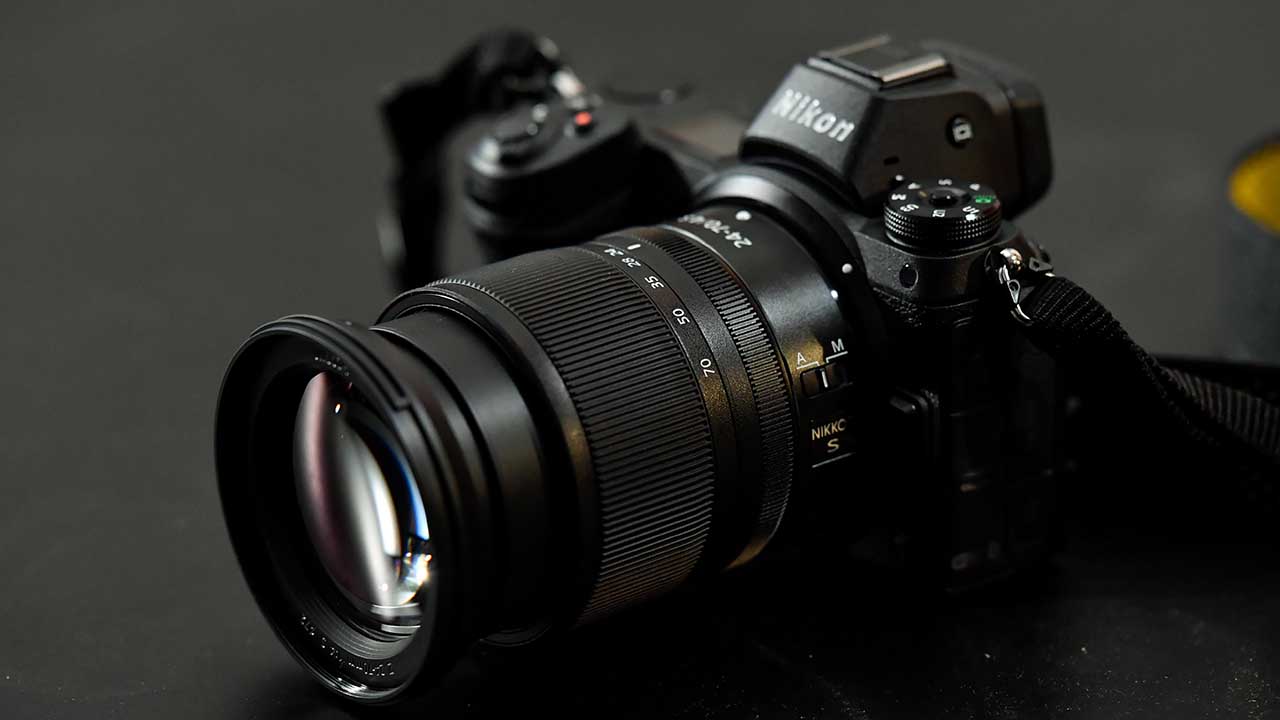
Specification
- Camera type: Full-frame mirrorless camera
- Sensor: Full-frame (FX) 45.7MP backside illuminated (BSI) sensor
- Lens mount: Nikon Z
- Autofocus system: Hybrid with phase and contrast detection
- Phase detection points: 493
- Storage: XQD/CFexpress
- Viewfinder: 0.5-inch 3.69-million-dot electronic viewfinder
- Screen: 3.2-inch 2,100,000-dot tilting touch-screen
- Dimensions (W x H x D): 134 x 100.5 x 67.5mm / 5.3 x 4 x 2.7-inches
- Weight: 675 g / 1 lb. 7.9 oz with battery and memory card but without body cap, 585g/1 lb. 4.7 oz. body only
Nikon had already given its Z6 and Z7 cameras an impressive arsenal of video specs. Nikon embraced video technology with its first full-frame mirrorless offerings, and the Z7 can record 4K UHD (3840 x 2160) video. It’s also possible to shoot Full HD video at up to 120p.
An HDMI port is provided for connecting an external recorder. When this is used 10bit 4:2:2 video can be recorded with N-Log. The video that’s recorded internally is 8bit, so saving to an external device increases the range of colours that are captured. Once the bit depth is set to 10bit via the HMDI options in the menu, you cannot record video to an internal card.
Then, last year, Nikon released a new firmware update adding the option of raw video recording to the Z6 and Z7. Co-developed with Atomos, the firmware update – which will set you back about $200 – enables the Z6 and Z7 to record 12bit 4K UHD and Full HD raw video via HDMI to certain Atomos recorders.
Other features of the Z7 include N-Log, which results in very flat footage that’s designed for post-capture grading. It’s especially useful when you’re shooting with more than one camera as it makes it easier to match the footage.
Timecode, focus peaking and zebra display are all available.
The Z7 can shoot Timelapse movies. However, there’s also an 8K Timelapse option that allows sequences of images to be recorded and edited together post-capture.
£2299
$3399.00For
- High-quality sensor
- Excellent user interface and control layout
- Weatherproof build
Sigma fp

Specification
- Camera type: Mirrorless
- Sensor: 24.6Mp Full-frame (35.9x23.9mm back-illuminated Bayer CMOS
- Lens mount: L
- Screen: Fixed 3.15-inch 2,100,000-dot electrostatic capacitance system touch panel
- Viewfinder: No
- Sensitivity range: ISO 100-25,600 expansion settings of to ISO 6, 12, 25, 50, 51,200 and 102, 400
- Maximum continuous shooting rate: 18fps for 12 images
- Video resolution / frame rate: 3,840×2,160 (UHD 4K) / 23.98p, 25p, 29.97p, FHD (1,920×1,080) / 23.98p, 25p, 29.97p, 59.94p, 100p, 119.88p
- Video format: CinemaDNG(8bit / 10bit/ 12bit) / MOV:H.264 (ALL-I/ GOP)
- Autofocus system : Contrast detection with 49 points
- Image stabilisation: Electronic
- Shutter type: Electronic only with speeds 30-1/8000 sec and Bulb
- Storage: SD/SDHC/SDXC UHS-II or Portable SSD via USB 3.0 connection
- Dimensions: 112.6 x 69.9 x 45.3mm
- Weight: 370g body only, 422g with battery and SD card
Sigma normally uses a Foveon sensor in its cameras but it has used a conventional chip with a Bayer pattern coloured filter array for the fp. It’s a back-illuminated sensor with 24.6million effective pixels on its 35.9×23.9mm surface and there’s no low-pass filter.
Video-wise, when connected to an external SSD the fp can shoot 4K (3840×2160) footage in CinemaDNG format with up to 12bit colour. Alternatively, when an SD card is used, the more common MOV format is available.
A new firmware update pushes its 4K raw video support further and introduces new features such as raw video playback and support for Full HD raw video at 120fps.
There’s also a collection of colour styles that can be applied to stills or video: Standard, Vivid, Neutral, Portrait, Landscape, Cinema, Teal & Orange, Sunset Red, Forest Green, Foveon Classic Blue, Foven Classic Yellow, Monochrome.
The low saturation Cinema and Teal & Orange settings are particularly interesting for videographers.
£1799
$1799For
- Small for a full-frame camera
- Excellent interface
- Rig-ready
Panasonic Lumix S5
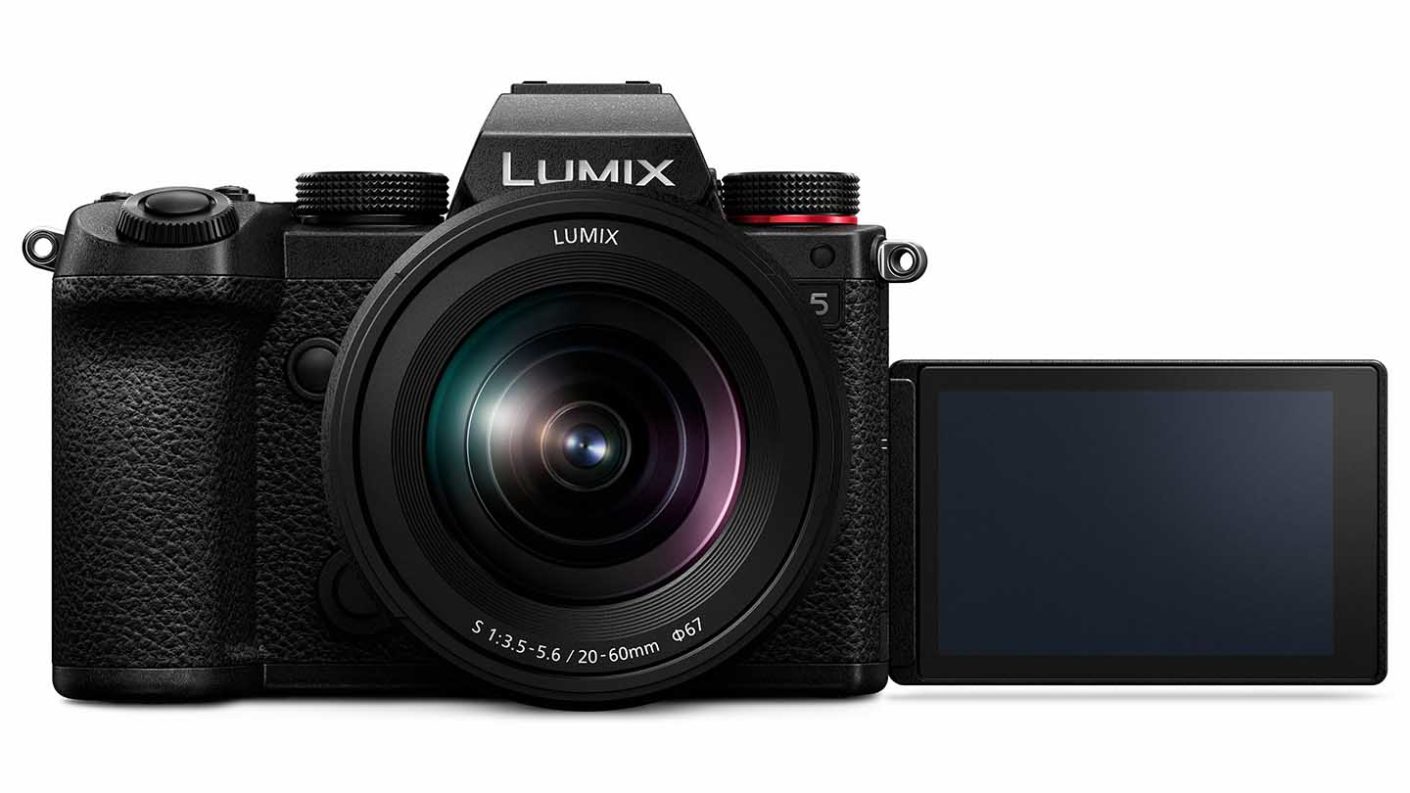
Specification
- Camera type: Mirrorless
- Announced: 2nd September 2020
- Sensor: 24.2Mp full-frame (35.6 x 23.8mm) CMOS sensor
- Lens mount: L
- Construction: Magnesium alloy with dust and splash resistant seals
- Stabilisation: 5 axis in-body IS to 5EV, 6.5 with Dual IS
- Screen: 3-inch 1,840,000-dot vari-angle touchscreen
- Viewfinder: 2,360,000-dot OLED electronic viewfinder with 0.74x magnification
- Key video specifications: 4K (3840x2160) 4:2:2 10-bit LongGOP H.264 29.97/23.98p/25p and 150Mbps for up to 30mins, 4K (3840x2160) 4:2:0 8-bit LongGOP H.264 29.97/23.98p/25p and 100Mbps unlimited, Full HD (1920x1080) 4:2:2 10-bit LongGOP H.264 59.94/29.97/23.98p/50/25p and 100Mbps unlimited
- Slow & Quick motion: Slow: 4K up to 60p in MP4, FHD up to 120p at full width or 180p with narrower angle of view, Quick: 4K to 1p
- Sensitivity: Dual native ISO 100, 6400, Range: ISO100-51,200, expandable to ISO 50-204,800. Dual-native ISO for video
- Shutter speed: 60-1/16,000sec, Bulb to 30mins
- Maximum continuous shooting rate: AF-S or manual focus: 7fps, AF-C: 5fps, 6K Photo 30fps, 4K Photo: 60fps
- Memory: Dual SD card slots, 1 UHS-II, 1 UHS-I
- Weight: 714g with memory card and battery
- Dimensions (WxHxD): 132.6x97.1x81.9mm
Already boasting solid video capabilities, a firmware update in November 2020 added the option to record Apple ProRes RAW on an Atomos Ninja V5. The update also enabled 5.9K / 4K / Anamorphic (4:3) 3.5K 12-bit RAW Video Data output over HDMI.
Its headline video specification is that it can shoot 4K (3840×2160) footage in 4:2:2 and 10-bit LongGOP H.264 at 29.97/23.98p/25p. That’s when recording internally to an SD-type card.
It can shoot and that quality and resolution for up to 30minutes. Alternatively, if you’re happy to 4:2:0 8-bit 4K footage, you can shoot indefinitely until your memory cards are full.
If the Panasonic S5’s HMDI port is used to connect external storage, it’s possible to record 4K 4:2:2 10-bit footage at 60p. That means you can have high resolution 2x slow-motion video in 4K resolution.
There are also ports to connect an external microphone and headphones.
£1799
$1998For
- Smaller than the MFT Lumix GH5
- Viewfinder and vari-angle touchscreen
- V-log pre-installed
Panasonic S1H
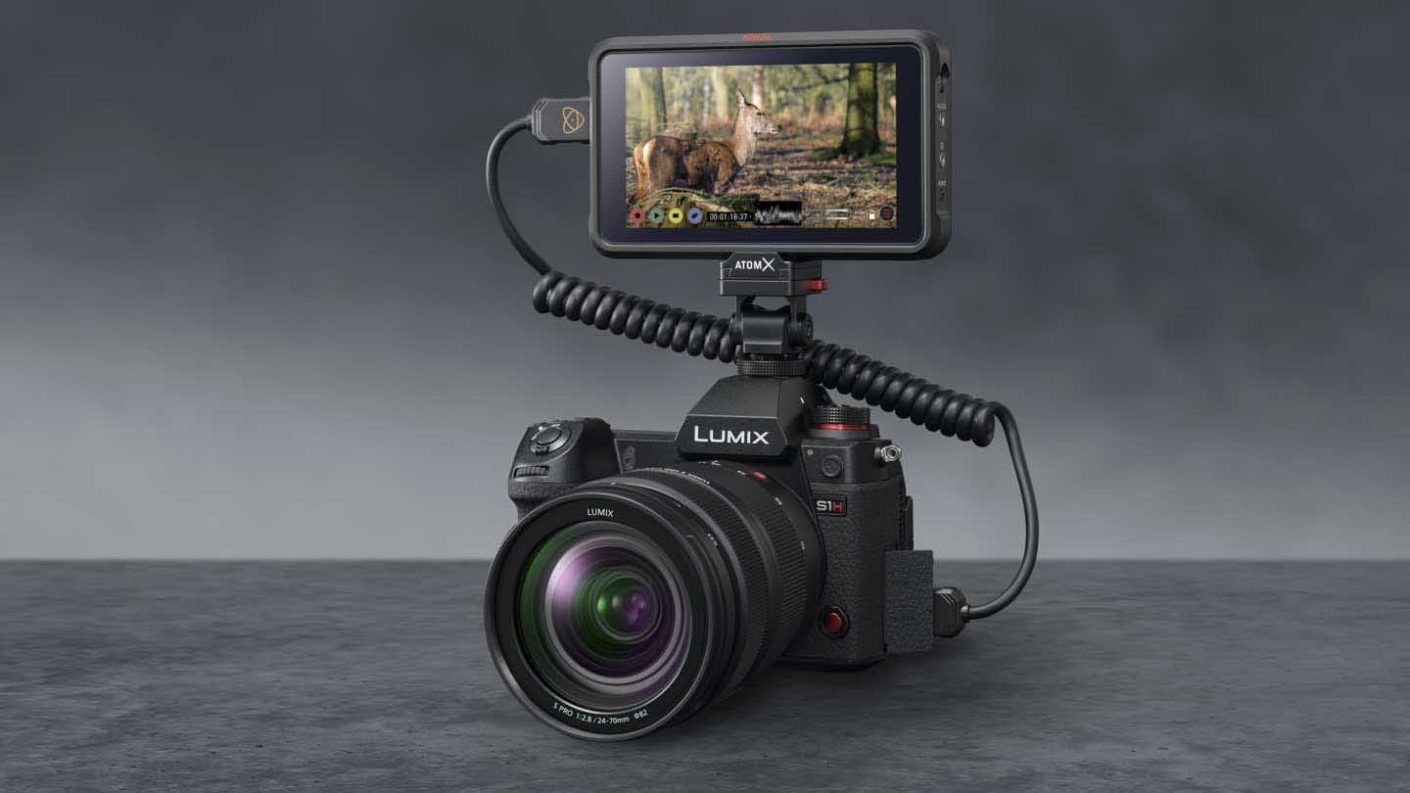
Specification
- Sensor: 24.2MP full frame CMOS
- Video: 6K (5.9K) 3:2 24p, 5.9K 16:9 up to 30p, C4K/4K UHD up to 60p
- Autofocus: 225-area DFD contrast AF
- ISO: Dual Native ISO; 100-51,200 (50-102,400 exp.)
In early 2020 Panasonic announced that via a strategic partnership with Atoms it had developed new firmware for the Lumix S1H that enables the camera to output a maximum 5.9K/29.97p RAW video data to the Atomos Ninja V.
Shortly after this announcement, the Panasonic S1H became the first ‘Netflix-approved’ camera on the market.
The S1H is aimed at serious filmmakers, but its price tag is under the the £4,000 threshold, and it packs some serious firepower.
Panasonic’s flagship full-frame mirrorless camera offers 6K video recording and 10-bit 60p 4K/C4K, aided by a 35.6 x 23.8mm, 24.2-megapixel full-frame CMOS sensor. It can record 6K at 24p at a 3:2 aspect ratio, 5.9K at 30p in 16:9, as well as 10-bit 4K/Cinema 4K footage at 60p using the Super 35mm image area.
As if that isn’t enough, it can record 4:2:2 10-bit 4K footage at 30p over the full image area.
The Panasonic S1H also delivers 14 stops of dynamic range – the same as Panasonic’s cinema cameras – along with a slew of other video specifications aimed at professionals such as Panasonic’s V-Log/V-Gamut log modes, HDR in HLG (Hybrid Log Gamma), 4:2:2 10-bit HDMI output and Anamorphic 4:3 modes.
For
- Shoots 6K raw
- Records 4K at 60p
- 14 stops dynamic range

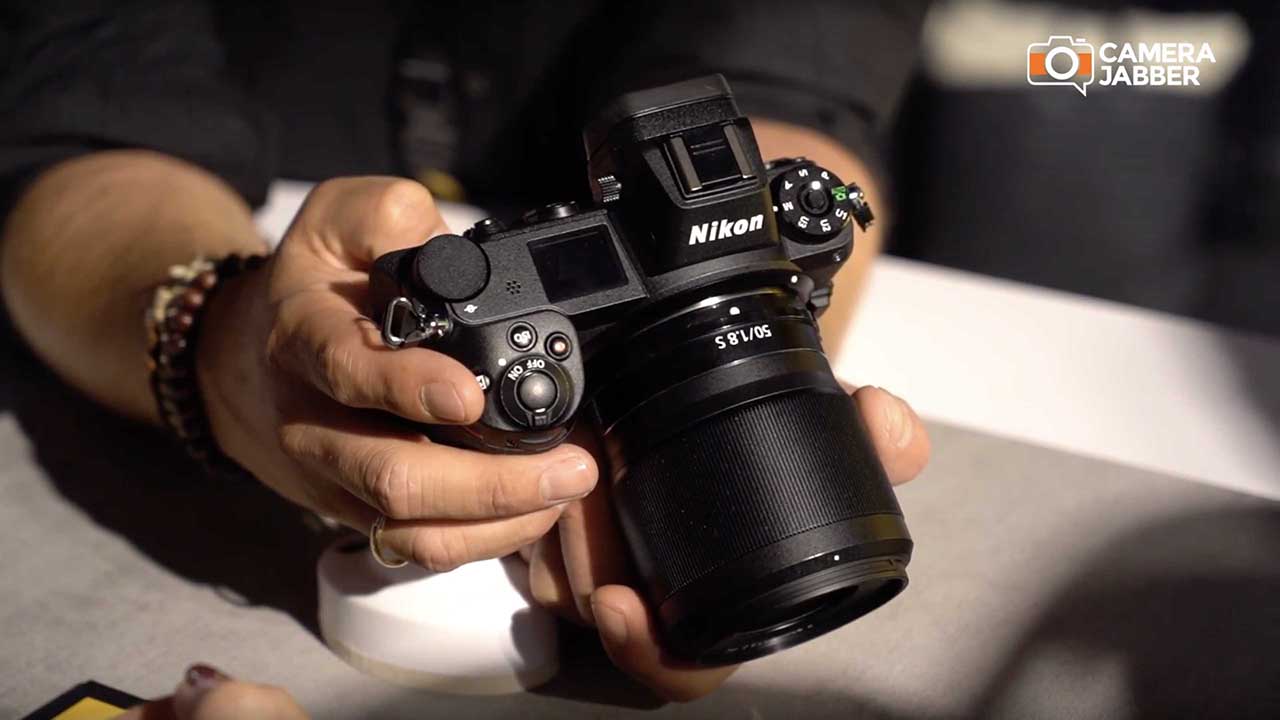
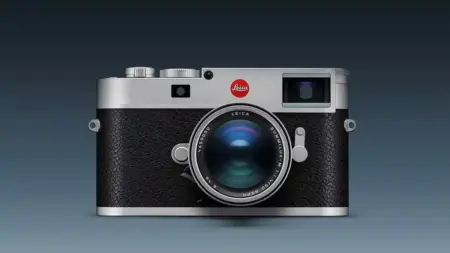

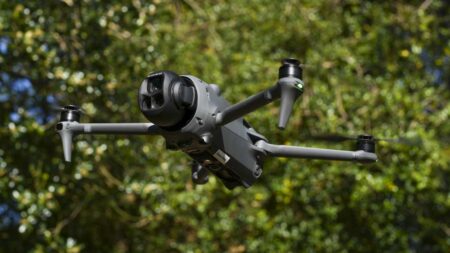
Leave a Reply